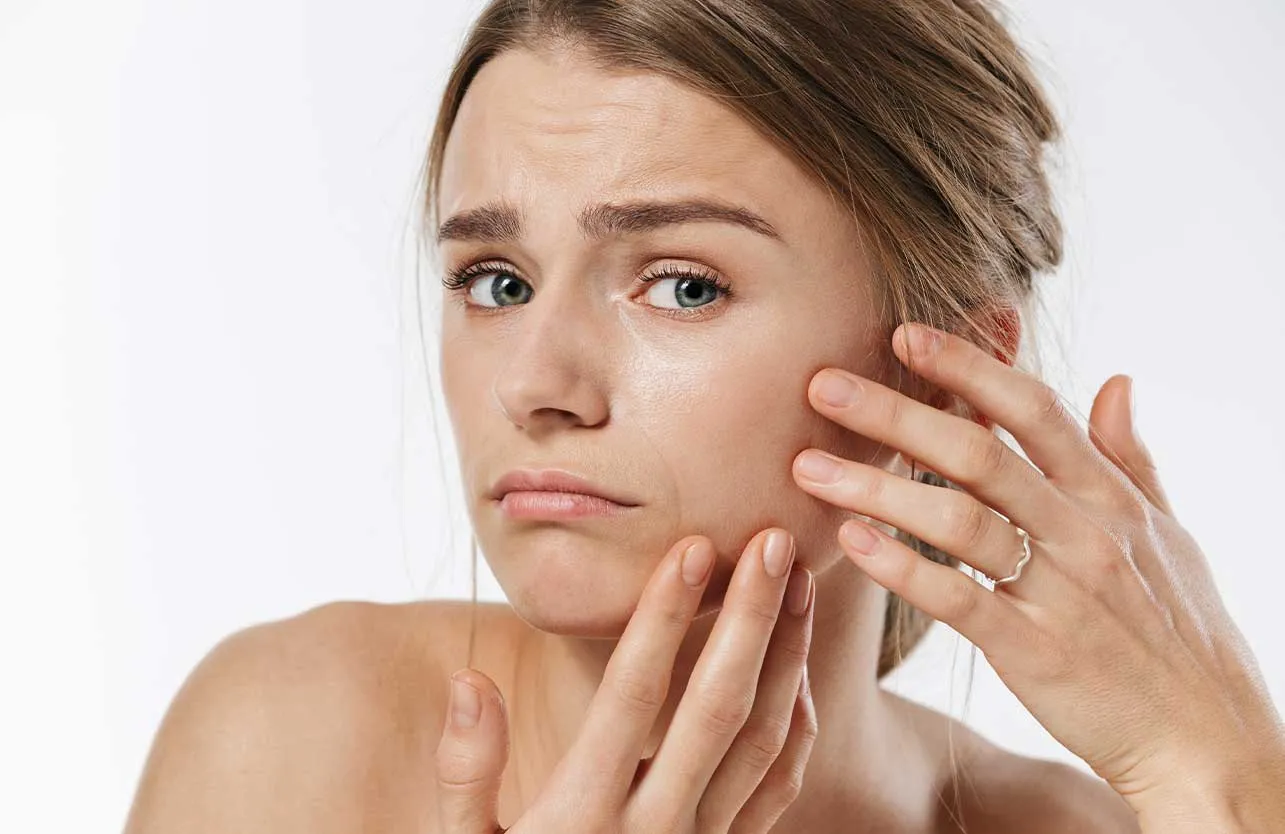How to Reduce Swelling and Bruising After Facial Fillers
Why Do Swelling and Bruising Happen After Fillers?
Facial fillers, even when applied with fine needles or blunt cannulas, can irritate or puncture tiny blood vessels under the skin. This is especially common in delicate areas like under the eyes, lips, nasolabial folds, and cheeks, which are rich in capillaries.
Main causes include:
- Minor trauma to blood vessels during injection
- Temporary fluid accumulation in the treated area
- Individual sensitivity (fair skin, thin capillaries)
- Use of blood thinners or supplements
- Pressure, rubbing, or massage immediately after the procedure
How Long Do Swelling and Bruising Last?
- Swelling: Usually resolves within 24–72 hours, but may last up to 5–7 days in sensitive individuals.
- Bruising: Typically fades within 3–10 days, often changing color from purple → green → yellow.
Although normal, both can be minimized significantly with the right post-procedure care.
How to Minimize Swelling and Bruising After Fillers
1. Apply Cold Compress in the First 24 Hours
- Use a cold pack for 10–15 minutes every 2–3 hours.
- Helps constrict blood vessels → reduces inflammation and bruising.
- Never apply ice directly to the skin—wrap it in a soft cloth.
2. Sleep With Your Head Elevated
- Use an extra pillow the first night to prevent fluid accumulation.
- Sleeping on your back is ideal.
3. Use Arnica or Bromelain-Based Creams
- Arnica: Natural anti-inflammatory; effective for bruising
- Bromelain: An enzyme from pineapple that helps reduce swelling
- Use only with your doctor’s approval.
4. Be Gentle With the Treated Area
- Avoid touching, pressing, or massaging the area for 48 hours.
- If makeup is used, apply gently without rubbing.
5. Avoid Alcohol and Intense Exercise
- Both increase blood circulation, which can exacerbate swelling and bruising.
- Avoid for at least 24–48 hours after the procedure.
When Should You See a Doctor?
While mild bruising and swelling are common, seek medical attention immediately if you experience:
- Severe pain or throbbing in the injected area
- Skin that turns pale or cold instead of bruised (could signal vascular occlusion)
- Swelling that increases after 72 hours
- Fever, pus, or increasing tenderness (may indicate infection)
Prompt evaluation can prevent complications.
How to Prevent Swelling and Bruising Before They Occur
- Avoid blood-thinning medications like aspirin and ibuprofen for 5–7 days before treatment (with your doctor’s consent)
- Pause use of natural blood thinners such as fish oil, vitamin E, ginger, and ginkgo biloba
- Avoid alcohol and caffeine the day of the procedure
- If you bruise easily, pre-treatment cold compress may help prepare the skin
What If You’re Combining Fillers With Other Treatments?
If your filler session is combined with PRP, mesotherapy, or microneedling, keep in mind:
- These combinations may increase the risk of swelling or bruising
- Schedule treatments several days apart (e.g., 7–10 days between PRP and filler)
- Follow post-care instructions separately for each treatment

